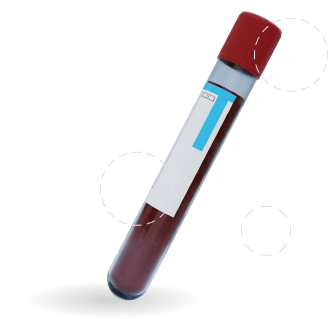
Medical Weight Loss Explained
A lot is said about medical weight loss but we are here to debunk the myths for you.
Screenings > Biopsies





A biopsy is a sampling of tissue, usually from a lump or unusual growth, which allows for further testing. This is a medical procedure used to identify abnormal cells.

Your doctor will only recommend a biopsy if your lump cannot be diagnosed with an ultrasound. mammogram, or other diagnostic procedure. A biopsy is a medical procedure in which a sample of the tissue of the lump is removed for further testing and examination.
When the cells of the tissue are examined under a microscope, it is possible to identify any abnormal cells that may be present. It can provide information about functional and structural problems within individual organs.
Biopsies are also used to assess the severity of an existing condition that has already been diagnosed. The results of your biopsy will ensure that you get the best and most appropriate treatment for your condition.
Biopsies are crucial for accurately diagnosing various medical conditions, especially cancers. By examining tissue or cell samples under a microscope, pathologists can determine the presence and type of disease, which is essential for effective treatment planning.


The results from a biopsy can help doctors decide the best course of treatment. For cancer, for instance, the biopsy can reveal the type and stage of the cancer, which directly influences treatment options like surgery, chemotherapy, or radiation therapy.
In some cases, biopsies are used to monitor the progression of a disease or the effectiveness of treatment. This is particularly important in chronic conditions or cancers, where ongoing assessment can guide adjustments in therapy.


The importance of biopsies in modern medicine, particularly in the accurate diagnosis and effective treatment of diseases like cancer cannot be overstated. The high success rates of various biopsy techniques also highlight their reliability as a diagnostic tool.
A biopsy is a medical procedure that involves the extraction of sample cells or tissues for examination to determine the presence or extent of a disease, primarily cancer. The sample is often taken from a suspected abnormality, such as a lump or a suspicious area identified through imaging tests like X-rays, MRI, or CT scans.
There are various types of biopsies, including needle biopsy, where a needle is used to extract tissue; surgical biopsy, involving the removal of tissue through an incision; and endoscopic biopsy, where tissue is taken using an endoscope inserted into the body. The choice of biopsy method depends on the location and nature of the abnormality.

Use our online booking engine or book your test by giving us a call.
On the online booking engine select the “appointment type” you need.
You will be seen by one of our friendly doctors or trained clinicians.



Incorporated
in 1998
Experienced doctors & a professional team
Registration
not needed
Up-to-date with the latest treatments & testing
Strictly
confidential
Your medical records are kept private at all times.
Affordable private
health care
Transparent fee structure with no hidden charges
The pricing for this procedure greatly varies depending on which part of the body the biopsy is taking place in.
We work with experienced consultants & healthcare professionals who have received positive feedback from our patients, and with whom we have established long-term relationships.
Latest Episode
Tune in to our podcast to explore the world of healthcare and learn from distinguished special guests. We cover everything from preventative measures to cutting-edge treatments so that you can stay informed and up-to-date on health-related things.

A lot is said about medical weight loss but we are here to debunk the myths for you.

Tourist in London and need a GP? Get fast, private care for illnesses, injuries, or lost medication. No registration needed.

With NHS appointments harder to access, many people are turning to private GPs for faster, more convenient care.
Subscribe for latest updates & news


From same-day private GP and blood test appointments to visa medicals, a sexual and reproductive health clinic, and preventative health screenings, we are here to help.
Contact Us
Accepted Insurance Companies






Please note that Walk-in Clinic is a private medical centre & not an NHS service. Harley Walk-in Clinic Ltd company registration no. 07472804